
The increase in world population has resulted in an increase in the number of buildings. Furthermore, the poorly designed and constructed buildings have not only consumed more energy but have also contributed to global warming. Thus, green buildings are needed to reduce the negative impact on the environment and to attain community happiness.
With the aim to raise awareness on the concept and importance of green building, UTAR Centre for Accounting, Banking and Finance (CABF) parked under the Faculty of Business and Finance in collaboration with GreenRE Sdn Bhd co-organised a webinar titled “Go Green with Green Building” on 2 April 2021 via Microsoft Teams. The webinar was moderated by FBF Department of Business lecturer Dr S. Charles Ramendran.
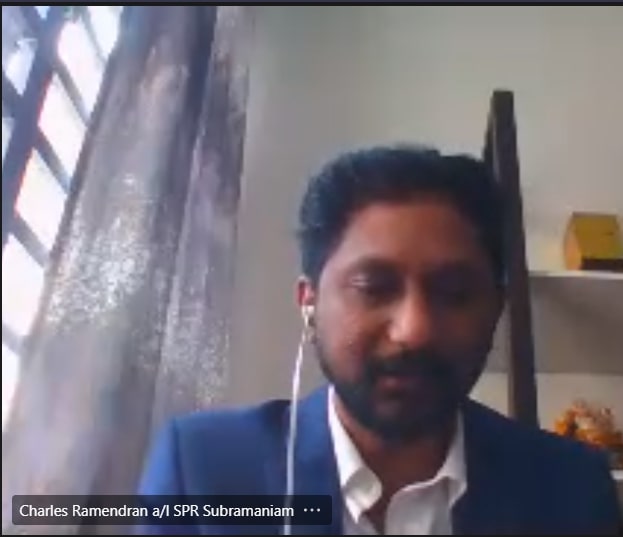
Dr Charles moderating the webinar
The invited speakers were FBF Department of Commerce and Accountancy lecturer Dr Zam Zuriyati binti Mohamad, IEN Consultants Sdn Bhd Managing Director Gregers Reimann, GreenRE Sdn Bhd Chief Operating Officer Ir Ashwin Thurairajahand GreenRE Sdn Bhd Assistant Manager Nur Fateha.
The webinar kick-started with a welcome speech given by FBF Dean Assoc Prof Dr Au Yong Hui Nee. She welcomed and thanked all the participants, and said, “Technology is changing nowadays. I hope this webinar will help you to understand more about the new technology in constructing the green buildings, as well as the advantages of the green buildings to the environment.”
The first speaker was Dr Zam. She proposed her research study in her presentation titled “Eco-Friendly and Smart Technology Houses for Community Happiness”. Her research proposed a strategy to construct and sell affordable eco-friendly smart houses and examine the factors that affect the buyers to purchase eco-friendly smart houses. Besides, her research also aimed to make a recommendation on the impact of eco-friendly smart houses on community happiness.
Dr Zam explained, “Eco-friendly and smart houses have less impact on the environment compared to a conventional house. Besides, it is also a kind of house that provides the user with a variety of technology features to operate home devices from any place and at any time as needed.”
She added, “When we talk about community happiness, we know that housing always creates connectivity with society and the environment in the surrounding neighbourhood. It is also a yardstick to measure an individual’s happiness.”
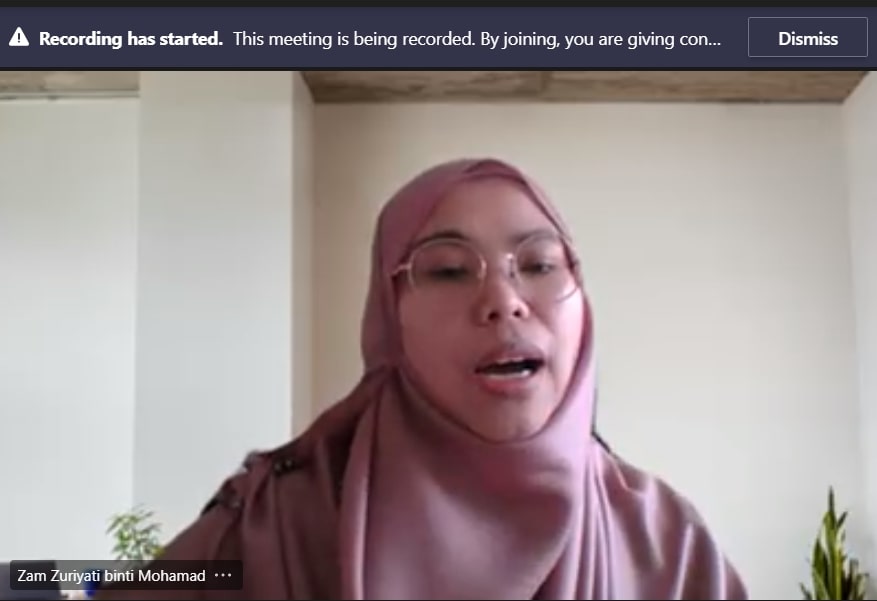
Dr Zam presenting her research study
The second speaker was Ir Ashwin with his presentation titled “Introduction to Green Buildings – Why Go Green?”. In his talk, he covered topics such as “National policies and targets for greening the property development sector”, “What are Green Buildings and townships”, “Why Green Buildings and townships” and “Synergizing corporate sustainability reporting and Green Building certification”.
Talking about the national policies and targets, Ir Ashwin told the participants that Malaysia has targeted to reduce 40% of National Corporate Greenhouse Gas (GHG) emissions intensity by 2020, 45% by 2030 and 50% by 2040 from 2005. “The built environment contributes to almost 40% of the total GHG emission in Malaysia through the design, construction, cooling and illumination of buildings,” said Ir Ashwin.
He explained green building as a sustainable building and a structure that is designed, built, renovated, operated, or reused in an ecological and resource-efficient manner. “Sustainable development is maintaining a delicate balance to improve lifestyles and feeling of well-being. Besides that, sustainable development is also preserving natural resources and ecosystems which we and the future generations depend on.”
“GreenRE is a green real estate company. Projects certified by our company are eligible for MIDA and IRDA tax incentives. Besides that, GreenRe also provides many training programmes such as GreeRE Managers Courses (GREMC), Technical Seminars (GRETS) and other short courses,” Ir Ashwin said and added, “GreenRE certification aligns with government policies and initiatives that the green building must follow the standards of Low Carbon Cities Framework (LCCF), Energy Efficiency and Conservation Act (EECA) as well as Building Energy Labelling Scheme (BELS).”
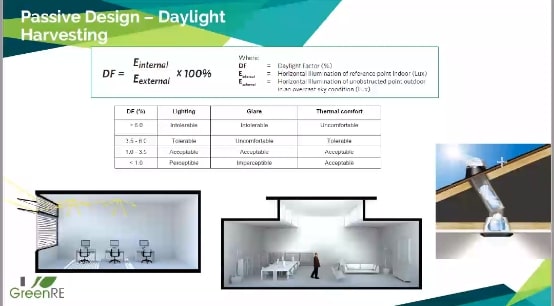
Ir Ashwin explaining the passive design of daylight harvesting
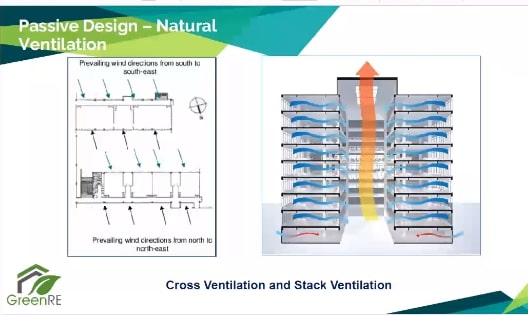
Ir Ashwin showing the passive design of natural ventilation to participants
The third speaker, Reimann, shared his presentation topic titled “Green Innovation Features”. He told the participants, “The green innovation features must be innovative and must not be commonly used. It also must have a real environmental impact.”
Throughout his presentation, he demonstrated many green innovation features such as innovative “Night Ventilation” of house, innovative Permeable Concrete, Geo Building and Diamond building.
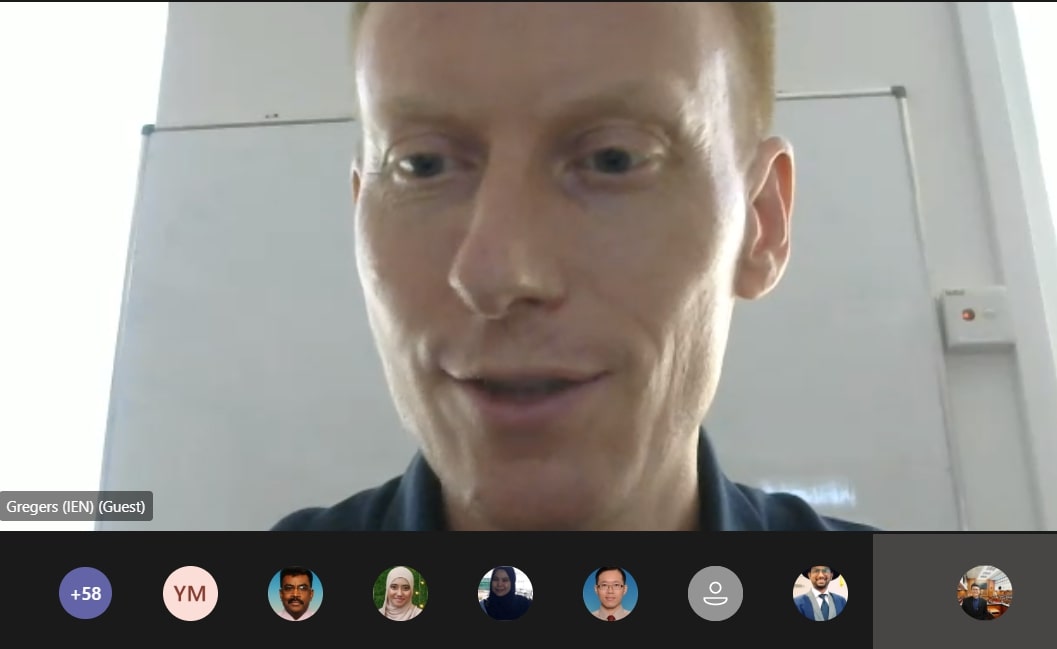
Reimann presenting his topic

Reimann showing the example of a Diamond building
The fourth speaker was Nur Fateha with her presentation titled “Case study of Wisma Rehda – Green Features”. Her presentation included Wisma REHDA’s green features from the aspects of building envelope, natural ventilation, ACMV system, lighting, energy efficiency, renewable energy, water efficiency and environmental protection.
According to Nur Fateha, the Wisma Rehda provides charger for green transport. Hence, electric vehicles (EV) could be charged in the building. Besides, the building also has a solar system to support electricity.

EV charging provided by Wisma Rehda building
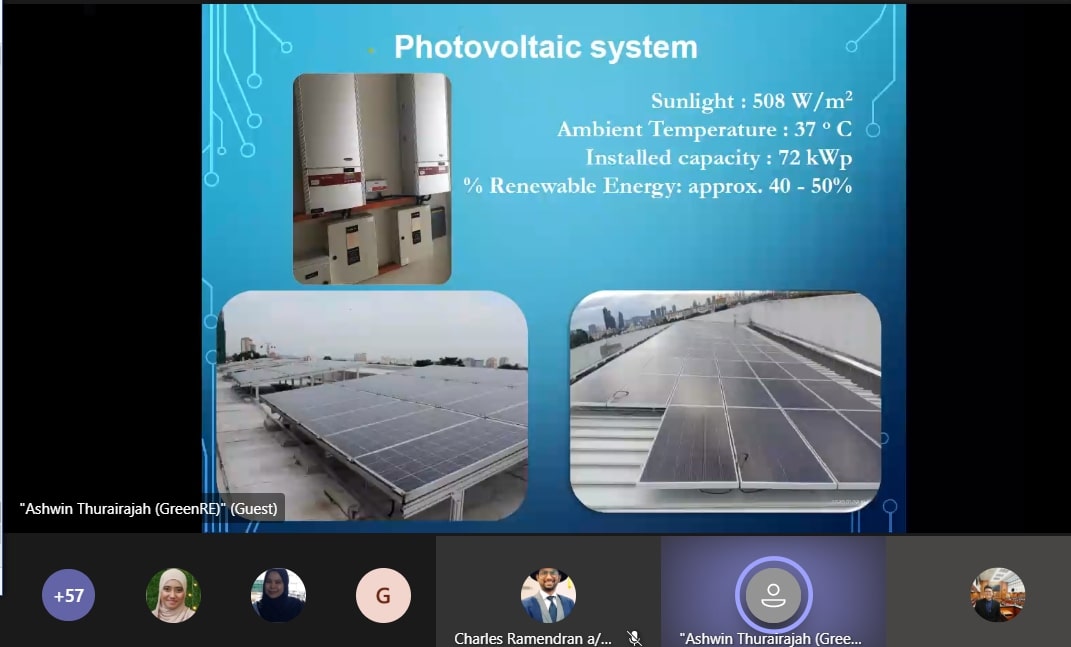
The solar system in Wisma Rehda building
The webinar concluded with an insightful Q&A session.
© 2021 UNIVERSITI TUNKU ABDUL RAHMAN DU012(A).
Wholly owned by UTAR Education Foundation (200201010564(578227-M)) LEGAL STATEMENT TERM OF USAGE PRIVACY NOTICE